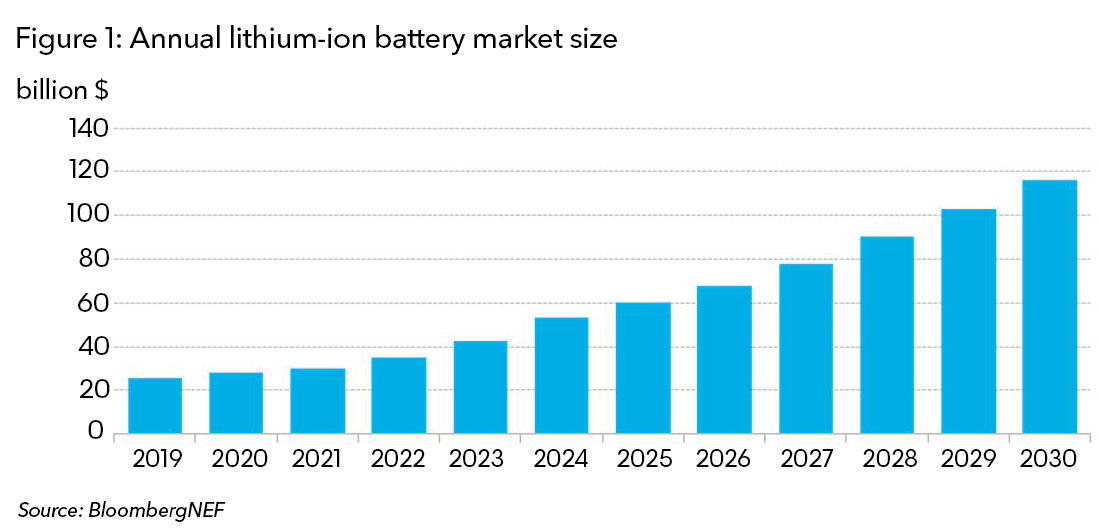The Swedish government has appointed an inquiry (LINK) to offer proposals on how to implement a ban on sales of new petrol and diesel cars, and when fossil fuels should be phased out.
According to Swedish Public Service news, SVT (LINK) the goal is to prohibit to sell new petrol and diesel cars from 2030 onwards. The question will now be investigated, following an agreement between the government, the Social Democrates, the Center Party and the Liberals.
“Sweden will be the world’s first fossil-free welfare nation. The transport sector is responsible for a third of Sweden’s emissions of greenhouse gases, and thus has a significant role to play in the climate transition,” says Minister for Financial Markets and Housing Per Bolund.
The inquiry is to:
- analyse the conditions for introducing a national ban on sales of new petrol and diesel cars, and how to exempt vehicles that run on renewable fuels and electric hybrid vehicles from such a ban;
- analyse how to bring about an EU-wide ban on sales of new petrol and diesel cars and the phasing out of fossil fuels in the EU;
- make the necessary legislative proposals, albeit not in the area of taxation, where the inquiry may only analyse measures and conduct impact analyses; and
- propose a year by which fossil fuels should be phased out in Sweden, and the measures needed for this to happen in the most cost-effective manner possible.













